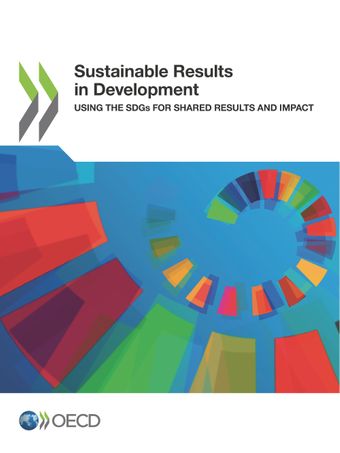Kenya

Sustainable Results in Development
Using the SDGs for Shared Results and Impact
Governments and providers of development co-operation increasingly use Sustainable
Development Goal indicators to guide their policies and practices. The close examination
of three large recipients of development co-operation: Ethiopia, Kenya and Myanmar
across the sectors of Education, Sanitation and Energy reveals four inter-related
challenges in using SDG indicators at country level. First, the cost of using specific
SDG indicators varies in relation to indicator complexity – complementary investments
in country statistical systems may be necessary. Second, providers synchronising their
country-level results planning with partner countries find it easier to align to and
measure SDG indicators together with the partner country and other providers. Third,
reliance on joint monitoring approaches is helping providers reduce the cost of SDG
monitoring. Finally, while disaggregating SDG data by gender and by urban-rural dimensions
is common, other data disaggregation relevant to ensure that no one is left behind
are rare.
Published on December 17, 2019
TABLE OF CONTENTS
| Foreword | |
| Abbreviations and acronyms | |
| Executive summary | |
| Overview: Using the SDGs as a shared framework for results | |
| SDG 4.1.1: Education proficiency | |
| SDG 6.2.1: Sanitation and hygiene | |
| SDG 7.1.1: Access to electricity | |
| Background and methodology for the project |
Powered by OECD iLibrary